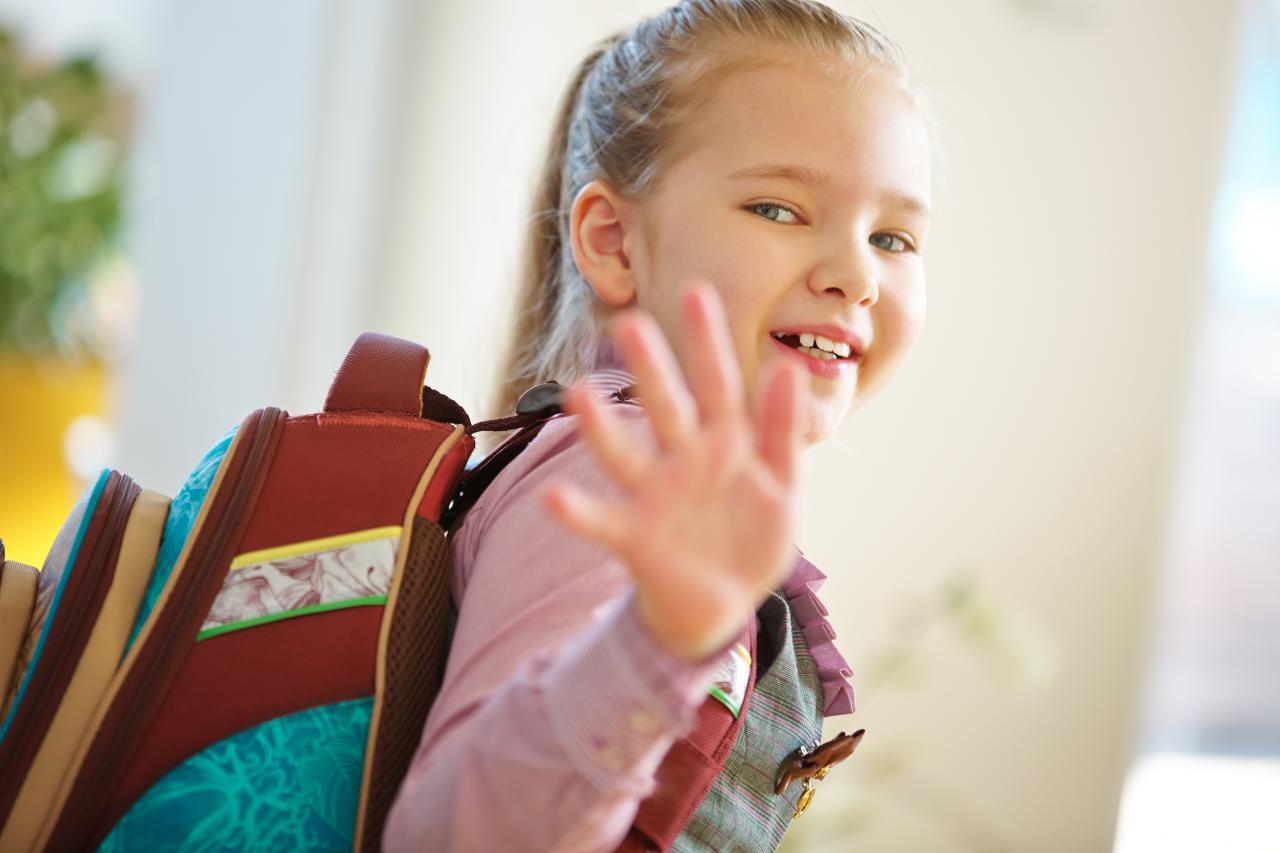Ana is 8 years old. She visits the primary school of her town. Ana likes school. For meeting her friends, for play and sports. Sometimes even for mathematics lessons, believe or not. “All in all, school is fun,” Ana told me, “But not how I get there.”
Let me tell you a bit more about Ana. She lives in a residential neighbourhood. Most houses are for living. There is a grocery store and a kiosk, but little else more than homes of people. Ana lives a bit outside the city, but in 2 km distance to her school, only. ‘This would make a lovely trip for cycling, for walking too,’ you might say.
But is Ana cycling to school?
“No, my parents tell it is not safe,” Ana said, “and that I am too small to cycle alone.” In fact, Ana is not allowed to use the road on her own. By legislation. She could go on cycling tracks, but there are none that connect her home to her school. “Going with the cars is scary to me anyway. They are much faster than me, and much bigger. I do not feel safe,” Ana added.
And what about walking to school?
“Yes, sometimes I walk,” Ana told, “usually when mom and dad are in a hurry. When they need to go to a different place than their office. Then I walk to school.” This looks good, but Ana continued, “I do not like walking to school though. The sidewalks are narrow, and I often have to wait for cars to cross a street. They do not stop for me. And walking to school alone is dull. The street is the same all the time.” she said, “But the worst is when I arrive at school. There are so many cars coming to school. The street is full of cars, and I have to get past all the cars to enter school.”
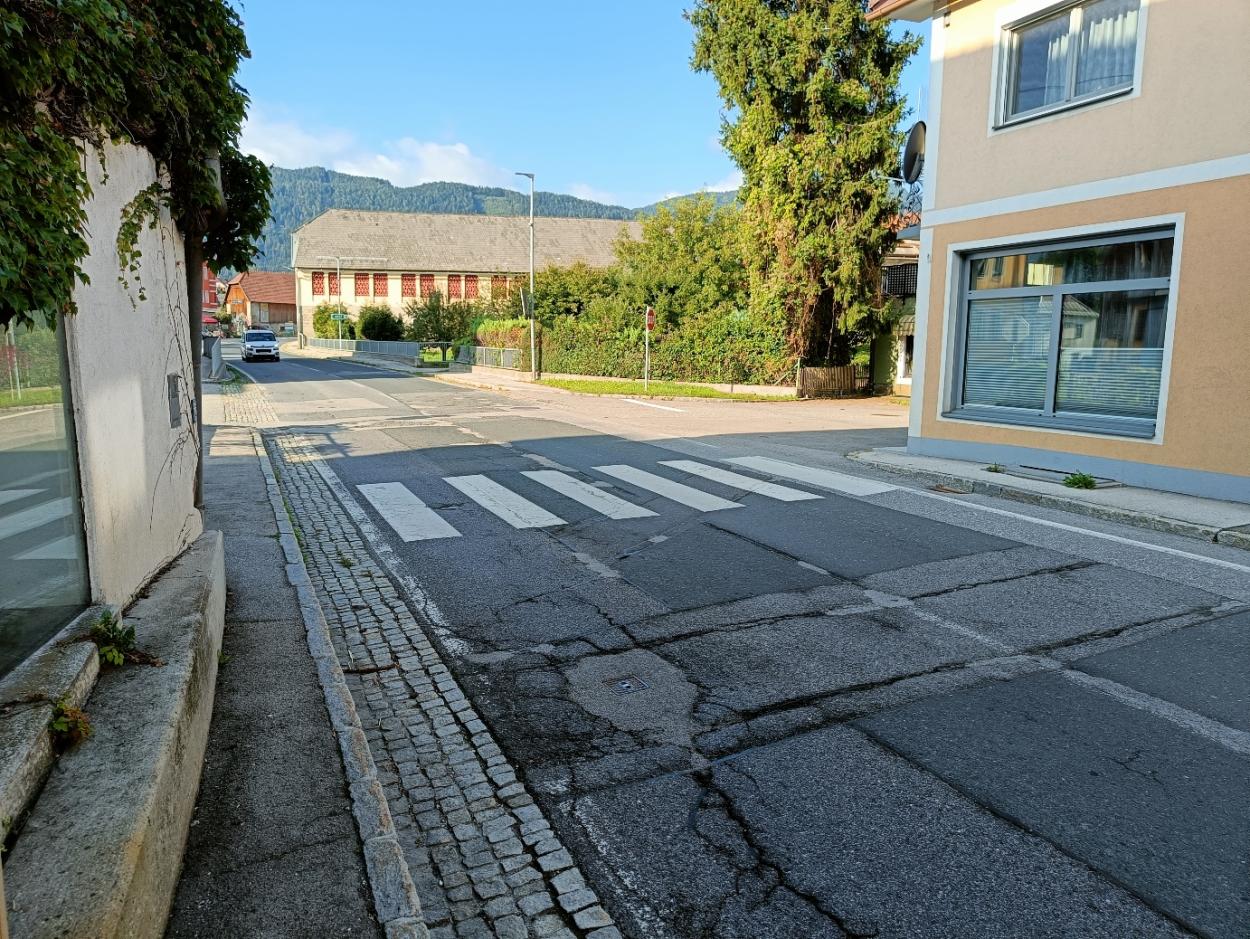
Credit: SCHOOLHOODs
How is Ana getting to school then?
“My parents drive me to school,” she answered, “when they go to work. They say it is the only safe way, with all the cars in the streets. Especially at school. My friends get driven to school as well. Their parents tell the same as my parents.”
Do you like going to school by car? And your friends?
“No.” Ana was strict on this. “It is even more dull than walking alone. Watching out of the window is boring and there is little else I can do. My parents are in a rush, stressed to arrive at work in time. So we often just hang on waiting to finally be there. But once I arrive at school, there are still these many cars bringing others to school. Like my friends. We get out on the road and need to get to the building. With all the cars arriving anywhere, stopping anywhere and leaving in a rush. It is not safe. It is not comfortable. Each morning. The fun part of school starts only once we are in the school.”
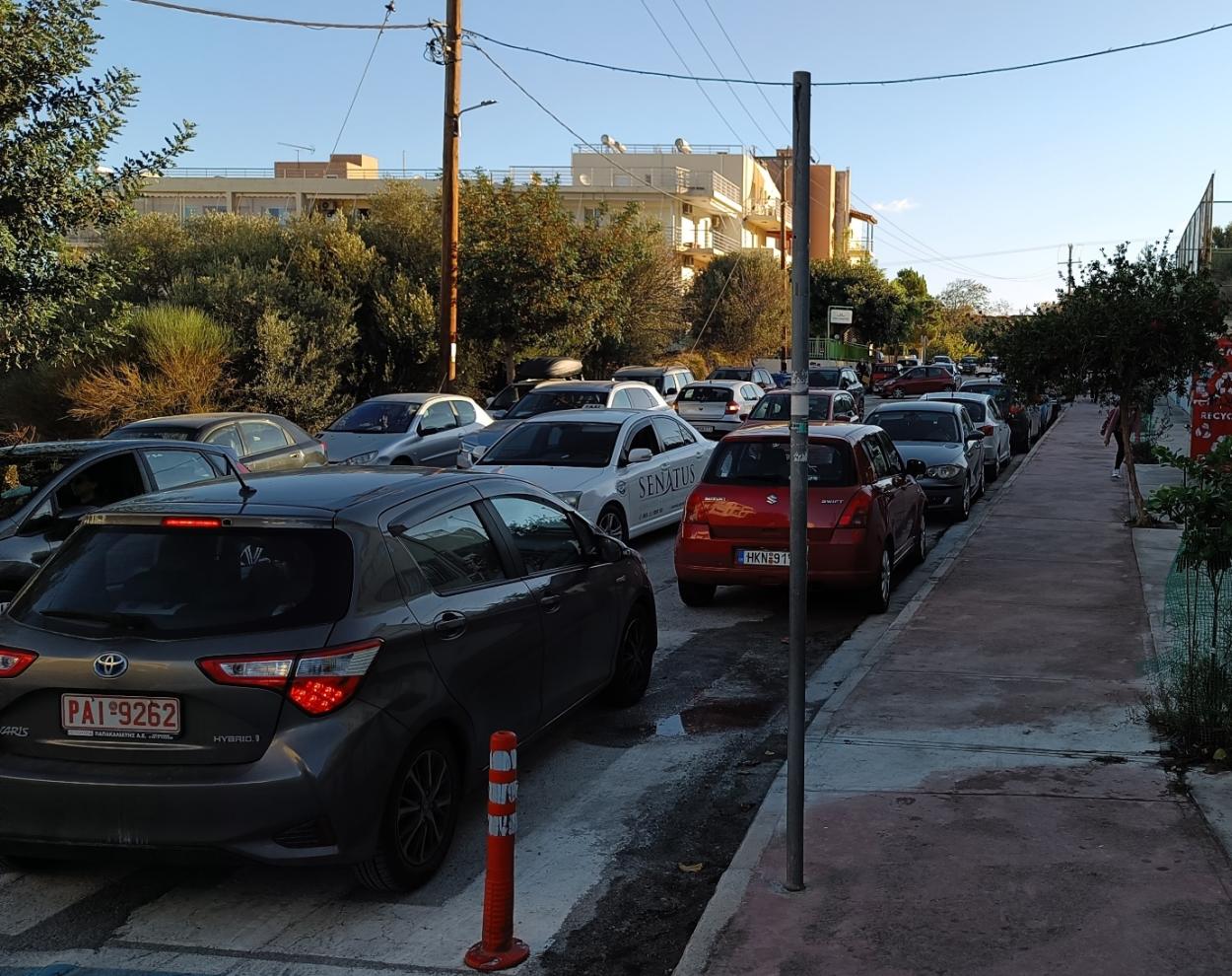
Credit: SCHOOLHOODs
And how would you like to go to school, Ana?
“On my own!” Ana told, “I’d love to scoot to school. Together with my friends, they want to go to school on their own, too. We could meet on the way, chat, play, taking our time.” Ana added, “If I could meet my friends on the way, walking would be okay as well. And cycling, too, if possible.”
So far, my talk with Ana was no nice story to this point, you could say.
And Ana is not alone on this. This story is about Giovanna as well. And Dimitris. And Sabine. And Jussi. And many other children. In every country. And almost all cities. It is a story about more and more children getting driven to school by car. Because parents think it is not safe. Because it is more convenient for them to take their children along with them on their (car!) trips to work. And maybe they are right to take their children off the road as much as possible. Since, despite many efforts, it is a ‘car’s world’ out there.
Why so, you might ask.
Since we developed our cities this way. We shifted away from mixed use areas as the core functional city units. Decades ago. And we created functionally separated areas instead. Some for living. Some for production. Others for retail or purchasing goods. Or for education, or leisure. Instead of having all these vital functions close by at hand any longer, we have to cover longer distance to literally “commute” between them. From home to work. To the grocery store. And back home. Since our available time did not multiply along with the distance of these trips, we needed to be faster. This is where mass motorisation comes in. The separation of the core functional units was only possible with the arrival and mass deployment of cars as our standard mode to move. We were able to spatially separate the core functional units of the city by simultaneously constructing the fitting transport system to cover the new distances in time: a network of streets accommodating the growing number of cars. And car ownership and use increased indeed. In every European country, a rapid increase was visible either directly during the second half of the last century or at the start of the new one. Using the car was (or still is?) the option promoted the most to move in the city.
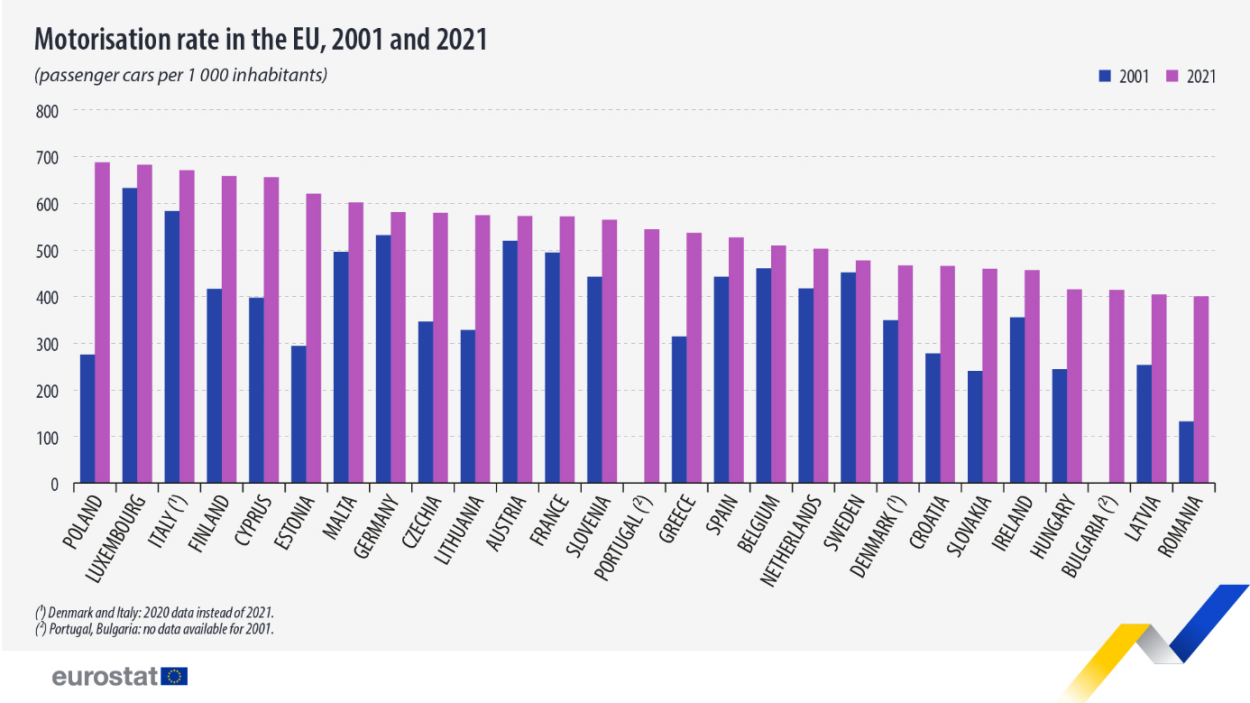
Credit: Eurostat
What does this mean for parents who need the get their children to school?
I had a talk with Ana’s parents as well. “It is simply the safest option,” Ana’s mother told me, “There is so much traffic on the roads and letting my little one go to school alone is not save. We only do this, if there is no other choice.” Ana’s father added “It is easier for us, as well. We need to go to work in the morning and we save quite some time taking Ana along with us.” I asked them how they used to commute to school once they were pupils, and they told me that they walked to school. Or they took the bus. And where happy with it. “But these are no longer good options,” they stressed, “we need to cope with our time and want our daughter to arrive safely. You do not know whom she’ll meet in public transport, nor on the road when she is walking alone. And there is simply too much traffic on the streets. People are in a rush, and we can't rely on everyone to pay attention. It is more convenient for us to drive Ana to school.”
Ana’s parents are classical profiles of many parents’ needs and dilemmas today. Contrasting their own experiences as pupils, they consider it safer to drive their children to school. But did you know that they are a minority? Still, today most children arrive at school NOT by car. But the very safety concerns that make parents drive their children to school by car create increasingly unsafe conditions for ALL children who arrive at school. No matter if they walk, scoot, cycle or get driven by car. The essential question is: how to stop this vicious circle of more car rides to school since the arrival at school is unsafe? Due to the many cars arriving at school start?
Let’s get back to Ana for this. She told me that she is positive to see some change. And she is right to do so. But why so?
Because recently, Ana met Maria. They met by chance, at the rare occasions when Ana walked to school. Maria was helping her to get over one of the busy junctions Ana needs to cross. And they started to chat. On how Ana goes to school. They had a nice talk on Ana’s ideas how her school trip could be. How it should be. And Maria was listening. Carefully. She was happy to talk to Ana. Since she is working right on the subject. Ana learned that Maria and her team work for her city and that they are engaged in a new project. SCHOOLHOODs or something it is called. Maria told her that they are right now developing ideas and actions on how children go to school. Using the example of one pilot school in the city.
“We are talking to other cities and learn how they take care that children can go on their own to school,” Maria told Ana, “Or for the last part of it. Some hundred metres at least. There are many ideas out there that we did know nothing about.”
“Like what?” Ana replied.
“Well, like a WalkingBus. Or a CyclingBus,…” Maria started.
“A bus that can walk? What’s that??” Ana intervened.
“You are quite close to it, Ana. It works like a usual bus,” Maria explained, “There are stops where you can enter. And there is a timeline, a starting point and a destination – the school. Even a driver taking care that the ‘bus’ works as it should. That the ‘passengers’, that is you pupils, are safe. But you do not really take a bus, you walk to school together with other children. With you friends maybe. Together with the driver, an adult. And if it is too long to walk, the WalkingBus can be a CyclingBus instead. Then you cycle to school.”
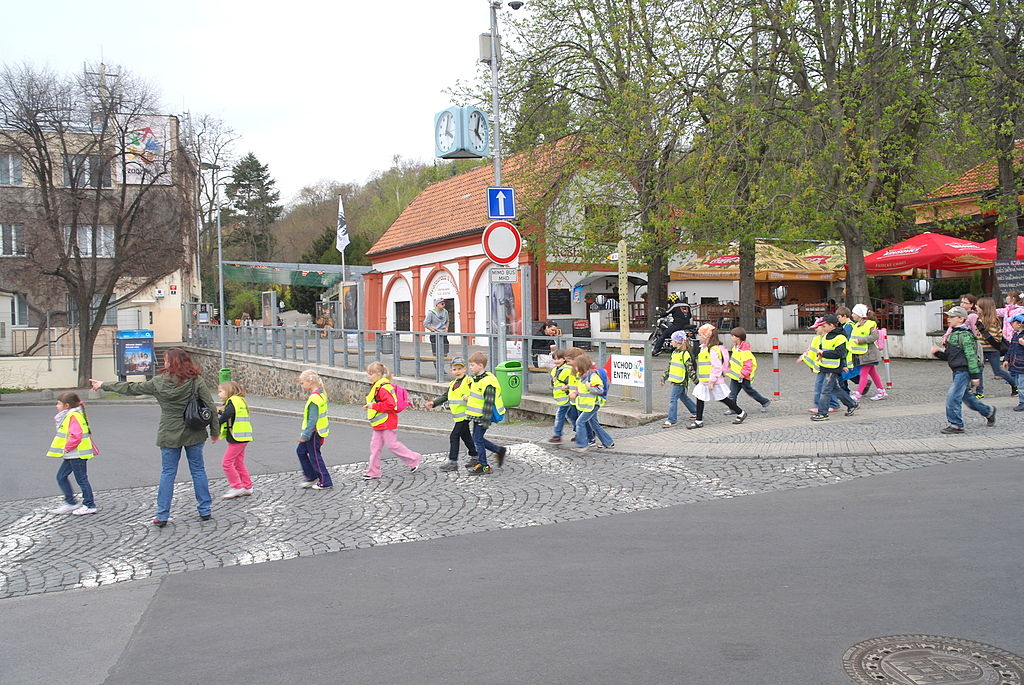
Credit: Horakvlado, CC BY-SA 4.0 <https://creativecommons.org/licenses/by-sa/4.0>, via Wikimedia Commons, no changes
This captured Ana’s interest. A walk to school with her friends. Finally. “But how about all these cars in the road. In front of my school. They are still there?” she asked.
“For some part, maybe,” Maria told her, “But if you and your friends go with the WalkingBus, there are already fewer cars. Your parents do not need to drive to the school then. And we want to make the road to the school car-free. At least at school start and when it ends. We call this a school street. It works well in many other cities.”
“But wouldn’t the other people in my school area get angry if they cannot go in the road by car any longer?” Ana replied.
“A good point,” Maria admits, “this is why we are not working on this just on our own. We created a work group with a fancy name, the URBACT Local Group, where all people gather to come to solutions that work for all. The most for you pupils. There we discuss with teachers, some of your parents, some pupils, with neighbours and retailers close to our pilot school, with the people who take care of public transport, the people who take care how streets look like and how traffic is working. And the city council.”
“URBACT,” Ana wonders, “what’s that stand for?”
“URBACT stands for cities making a change,” Maria replied, “for cities that work on their challenges. They come up with an idea how things should look like in the future and then work on how to realise it. People team up to learn from each other, and they put it on the ground together with all connected and affected by the challenge. Like us working on how children go to school and how this actually should be.”
“All of these people talk on how children come to school,” Ana wondered, “without the car?”
“Yes,” Maria told, “and all are learning on how to do this. Like you learn in school. We went to other places to see how it works. We had been in Vienna, this is in Austria. We talked with people there on how streets and places around a school can look like, to make children feel at home there. And on how they motivate parents and pupils like you to go to school without the car. They have invented some nice games and stories about this. We want to bring them to our schools.”
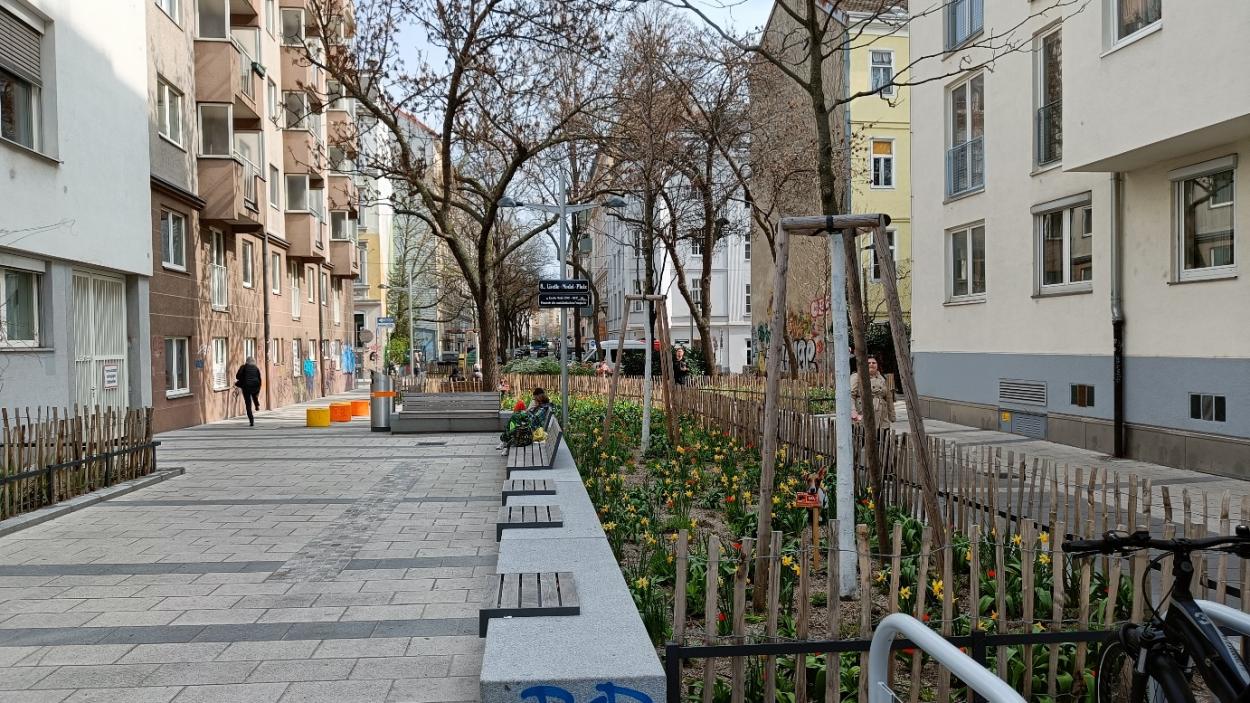
Credit: SCHOOLHOODs
“Games sound fun,” Ana stressed, “that would be awesome! Did they tell you something on these school streets as well? That help to get rid of the cars in the road when school is starting?”
“Absolutely!” was Maria’s reply, “we also went to another city, Parma in Italy. They work with school streets since a long time, and we could see their biggest example in practise. It is a street with four schools. At 7:30 AM sharp, traffic in the street ceased. Only teachers and residents could enter the street then. They even placed some nice parklets in the street, where once cars were parking.”
“What is that, a parklet?” Ana wondered, “and why can’t cars park there?”
“Because the people in Parma have put something else on what was a parking space once. Like seating for pupils and other people. Some greeneries. Places they can meet and stay. The parklets have some nice design as well. And they were done by the pupils. So that some of the space is now booked for people, and not for cars.”
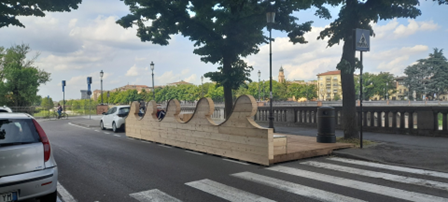
Credit: Comune di Parma
“This sounds nice,” Ana smiled, “can we do this at my school, too?”
“Yes, we can,” Maria said, “we even did a parklet already, at our pilot school, to learn how to do this. And people like it very much. There is someone sitting there all the time and...”
“But when is it coming to my school?” Ana interrupted, “I want to work on a parklet too, want to see a school street at my school, too!”
Maria laughed, “We are right now putting together our actions to make school areas and the way to school all over our city more attractive for pupils. For people,” she replies with a smile, “you only need to wait a bit; but we will start all over the city after the summer holidays.”
Ana looked a bit disappointed, but Maria quickly adds “But you can work with us already now. Ask you parents if you may, but we would be happy to welcome you and your parents to our URBACT Local Group and work with you on the coming actions.”
Ana smiles “I’ll do so! And I hope I can come. When do you meet?”
“Next Wednesday. We always meet in our pilot school in the late afternoon. So that everybody can manage to come. I would be happy to see you.”
Ana recognised that over the talk they arrived at her school. “See you then next week!” she said and while entering her school waved Maria ‘good bye’.
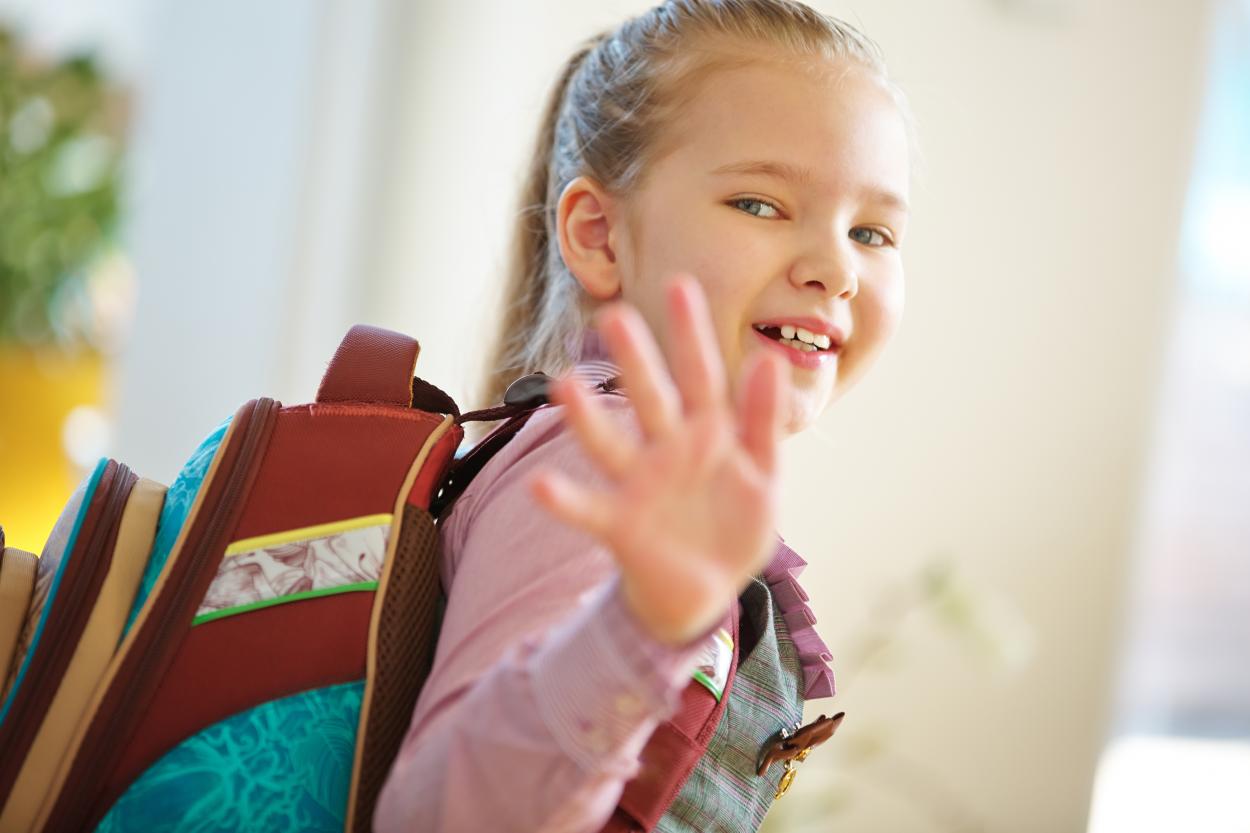
Credit: Adobe Stocks
When I last talked to Ana, she told me about her talk with Maria. And what came out of it!
She was right in middle of making change happen. She convinced her parents to go the URBACT Local Group meetings of her city. There she could see what all the SCHOOLHOODs cities are doing, and how to make use of it in her city. For her school. Ana worked on WalkingBus schemes, on how to make use of school streets, but as well on how changing the start time of some schools, even some school classes, can avoid that everybody is on the road at the same time. She worked on running games like the Traffic Snake Game to spread the word of going to school on your own to more pupils, and more parents. To do some pavement paintings in front of the school to make it look like a space, not like a road. To connect the residential areas of her city to schools by cycling networks. And better pedestrian connections. And on how to arrange that parents who still take their children to school by car drop them off at a safe distance to school. So that all children can arrive at school without any danger from traffic. And with some fun and activity together with their classmates.
Ana is looking forward to the start of the coming school year. Then, changes will hit the ground. So that she, her friends, and many more children of her city can go to school on their own. Together. Enjoying a safe, green and happy way to school.

